Explain with example dehalogenation of vicinal dihalide.
Text Solution
Vicinal dihalide means carbon having dihalides in which two halogen atoms are attached to two adjacent carbon atoms are known as vicinal dihalides.
Dehalogenation : Vicinal dihalides on treatement with zinc metal lose a molecule of ZnX2 to form an alkene. This reaction is known as dehalogenation. e.g., : CH2BrCHBrCH3
Example :
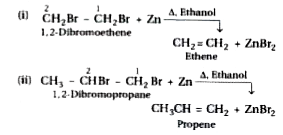
|
Topper's Solved these Questions
- HYDROCARBONSBOOK - KUMAR PRAKASHANCHAPTER - HYDROCARBONSEXERCISE - SECTION - A
55 Videos
- HYDROCARBONSBOOK - KUMAR PRAKASHANCHAPTER - HYDROCARBONSEXERCISE - Section - B objective questions (short questions)
147 Videos
- EQUILIBRIUMBOOK - KUMAR PRAKASHANCHAPTER - EQUILIBRIUMEXERCISE - Question Paper from Module
7 Videos
- HYDROGENBOOK - KUMAR PRAKASHANCHAPTER - HYDROGENEXERCISE - Section-D NCERT Exemplar (Long Answer)
8 Videos
Similar Questions
Knowledge Check
Vicinal dihalide is
ACH3CH2BrBBrCH2CH2BrCCH3CHBr2DCH2=CHBrDehydrtion of alcohol is unimolecular as well as bimolecular reaction. Dehydration takes place by the use of non volatile acids. The reaction is maily used for the preparation of alkenes. Alkenes can also be prepared by dehalogenation of vic dihalides and dehydro halogenation.
Q. Major product of the reaction isA
Major product of the reaction isA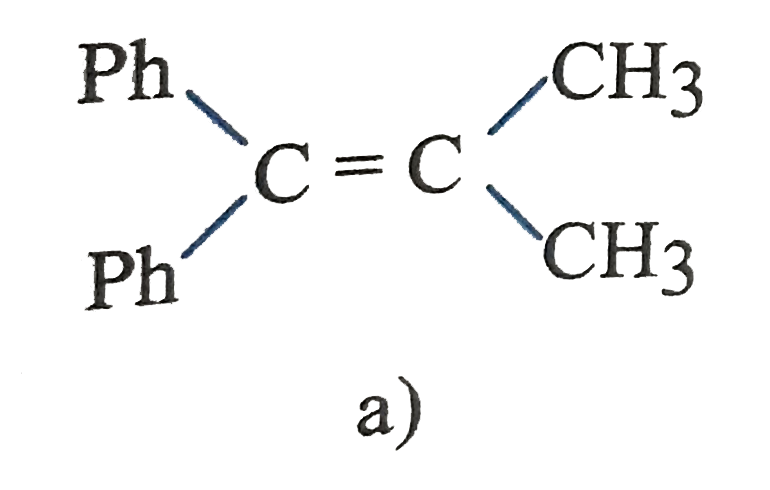 B
B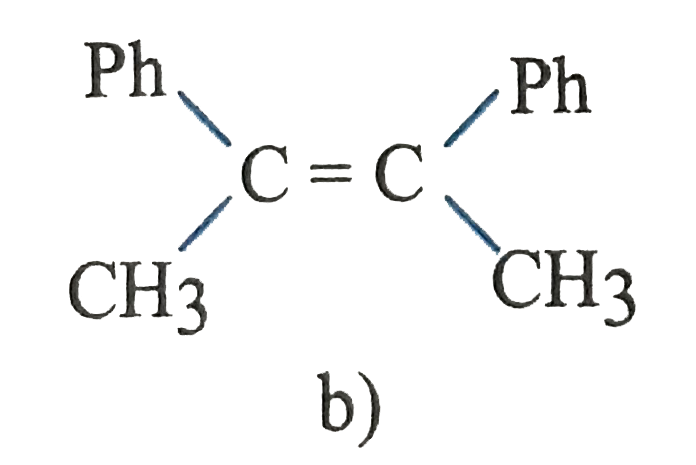 C
C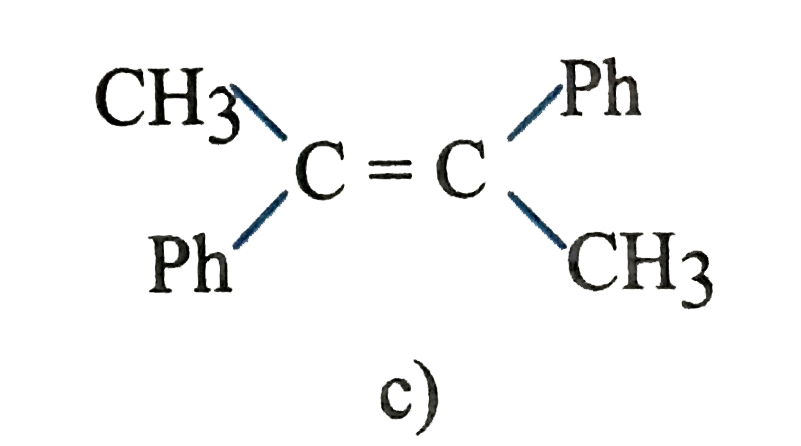 D
D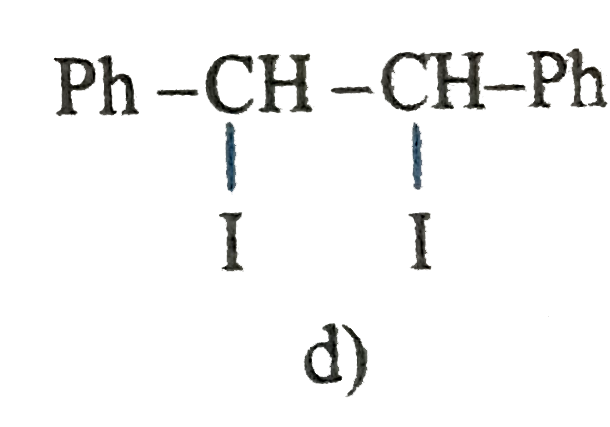
Dehalogenation of vicinal dihalides with Zn/alc. Mainly produces
AAlcoholBAlkeneCAlkyneDAlkane
Geminal and Vicinal Dihalides
View SolutionGeminal and Vicinal Dihalides
View SolutionThe product of which of the following reactions is not a vicinal dihalide?
View SolutionThe product of which of the following reactions is not a vicinal dihalide
View SolutionThe product of which of the following reactions is not a vicinal dihalide?
View Solution
